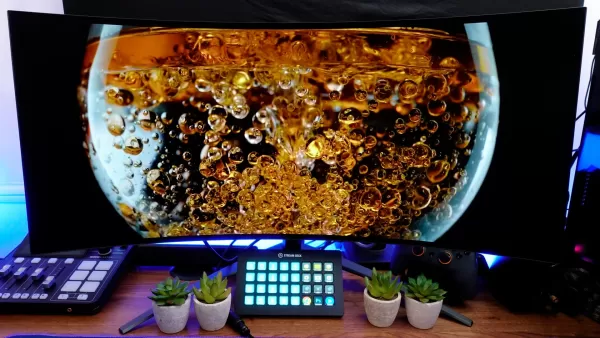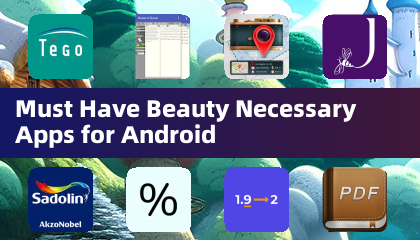Purchasing my first OLED TV, the LG E8 55-inch model back in 2019, just before the world went into lockdown, was an unforgettable experience. It turned out to be the perfect companion for my isolation period. At the time, I was only vaguely familiar with OLED (organic light-emitting diode) technology. I knew it used self-lit pixels, unlike the backlit LCD displays, which promised infinite contrast. But it wasn't until I played games like Final Fantasy XV and The Last of Us Part II that the full impact of this technology dawned on me. It was like stepping into a vivid, nostalgic dream. Naturally, my journey didn't end with the E8.
Years later, I upgraded to the LG C2 65-inch TV. Since then, I've had the opportunity to review numerous devices featuring OLED displays, and I've learned that not all OLED screens are the same. In fact, the technology behind them varies. You might wonder, "How many types of OLED are there?" Well, there are quite a few, but the three you really need to know about are WOLED, QD-OLED, and AMOLED.

WOLED, QD-OLED, and AMOLED: How They Work
OLED technology has been around for decades, with companies from Kodak to Mitsubishi experimenting with different approaches. It wasn't until LG introduced its OLED TVs in the early 2010s that the technology gained widespread recognition.
LG's version of OLED is called WOLED (White OLED). Although LG doesn't use this term in its marketing, preferring to brand itself as the definitive OLED, WOLED uses a pure white OLED layer with an RGBW color filter. This approach helps mitigate the issue of burn-in, which occurs because the red, green, and blue emitters degrade at different rates. However, WOLED's use of color filters can lead to imbalanced brightness and reduced color volume. Higher-end WOLED models attempt to counteract this with Micro Lens Array technology, which enhances light focus.
In 2022, Samsung introduced QD-OLED (Quantum Dot OLED), a technology that replaces the white OLED layer with a blue one, which then interacts with a layer of quantum dot color converters. Unlike the RGBW filter, quantum dots absorb light, converting blue to red or green without losing brightness, resulting in more vivid colors.
AMOLED, on the other hand, stands in its own category. It's similar to WOLED but includes a thin-film transistor (TFT) layer, which enhances pixel response times but can compromise OLED's characteristic infinite contrast.

WOLED, QD-OLED, and AMOLED: Which Is Better for Gaming?
Choosing the right OLED technology for gaming depends on your specific needs and preferences. If you're looking for a straightforward recommendation, QD-OLED is often considered the best. However, WOLED and AMOLED have their own merits in certain contexts.
AMOLED displays are primarily used in smartphones and laptops due to their flexibility and high refresh rates, making them suitable for smaller devices. However, they're less effective in direct sunlight due to lower peak brightness.
For gaming monitors and TVs, you typically have the choice between WOLED (marketed simply as OLED) and QD-OLED. WOLED can achieve high brightness levels with its white OLED layer, but this is limited to whites, as the RGBW filter can reduce color brightness. QD-OLED, on the other hand, offers overall brighter visuals and more vibrant colors thanks to its quantum dot technology.
In my living room setup, the WOLED TV handles glare well, maintaining true blacks even with windows nearby. In contrast, my QD-OLED monitor on my desk shows a purplish tint in bright light, a result of Samsung's decision to remove the polarizing layer to boost brightness. While QD-OLED generally offers superior color and brightness, WOLED can be less distracting in highly reflective environments. Of course, the actual performance can vary based on the specific models and their specs, with higher-priced options generally offering better quality.
Looking to the future, another type of OLED technology, PHOLED (Phosphorescent OLED), is on the horizon. PHOLED uses phosphorescent materials for higher luminous efficiency, but challenges with the longevity of blue phosphorescence have delayed its adoption. Recently, LG announced a breakthrough in blue PHOLED technology, paving the way for mass production under the name "Dream OLED." While we won't see PHOLED TVs for a while, we can expect to see this technology in smartphones and tablets soon.



 LATEST ARTICLES
LATEST ARTICLES 











